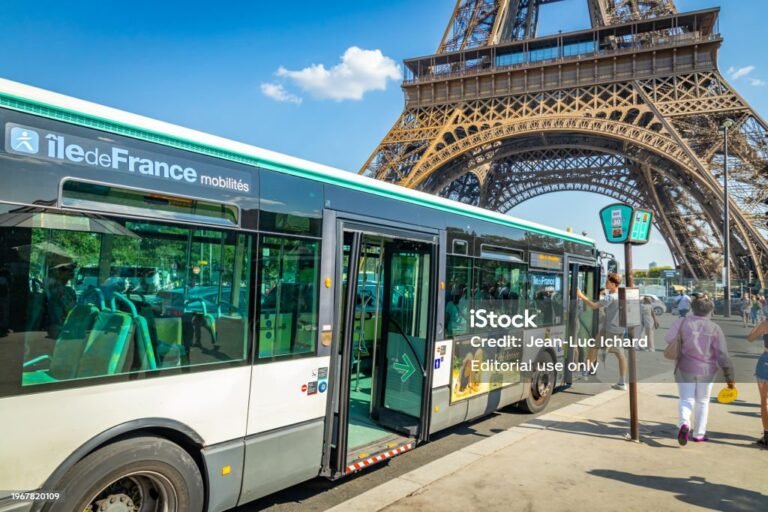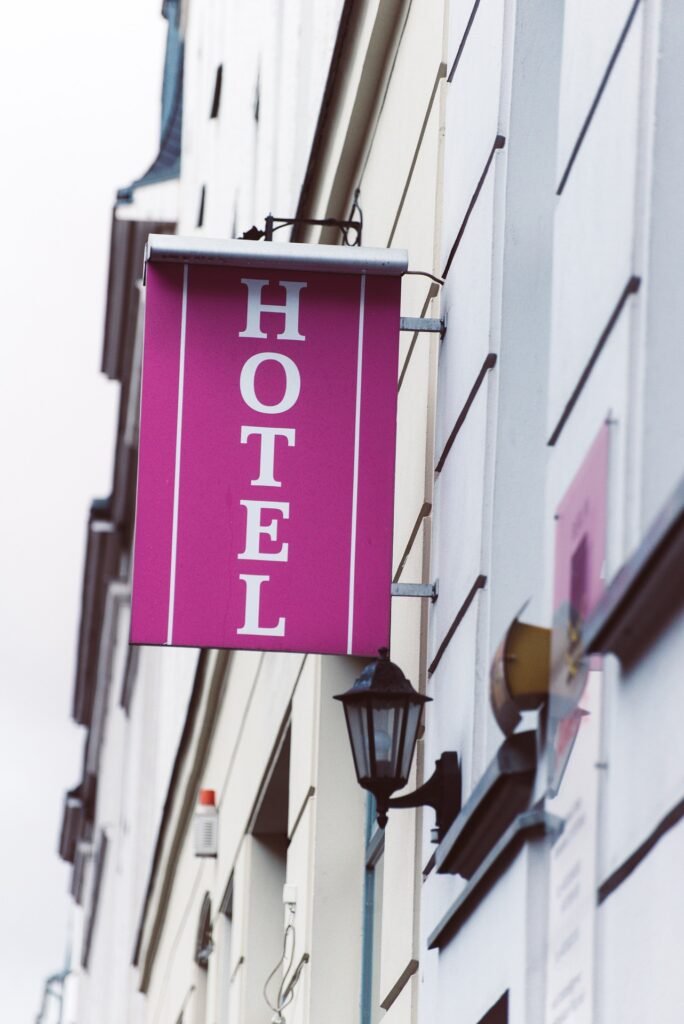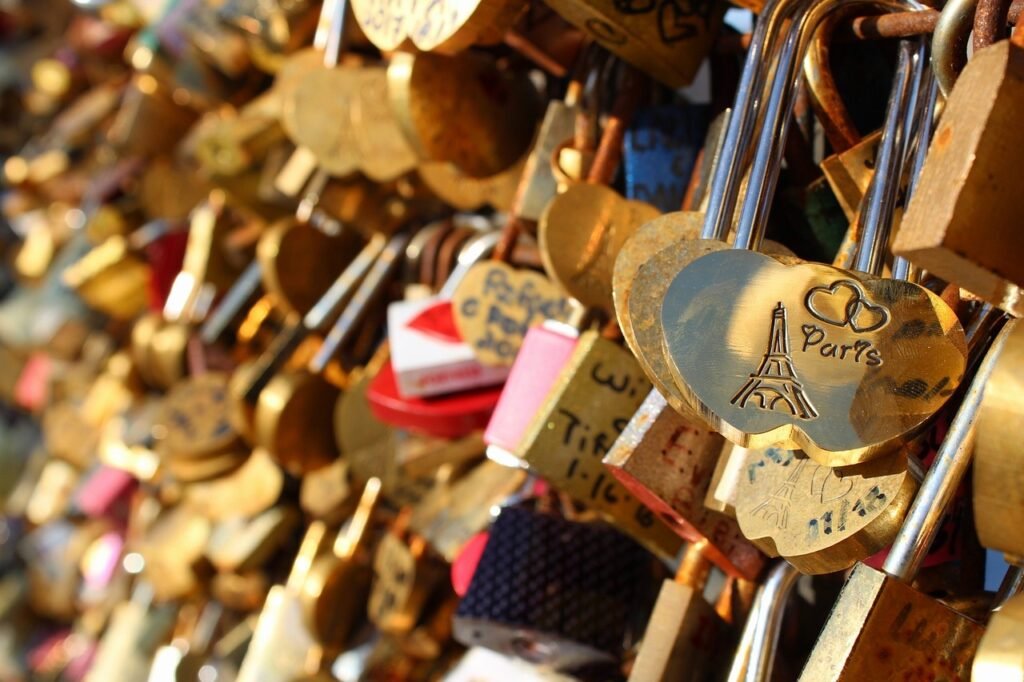
The Eiffel Tower, known as “La Tour Eiffel” in French, is one of the most famous landmarks in the world. Located in Paris, France, this iconic structure is a symbol of French culture, history, and architectural brilliance. Towering above the city, it attracts millions of tourists every year, offering breathtaking views of Paris and the surrounding areas.
History of the Eiffel Tower:




Accommodation:


The Eiffel Tower is more than just a monument; it’s a symbol of Paris, representing the city’s charm, elegance, and rich history. From its inception as a controversial structure to its current status as a global icon, the tower continues to captivate visitors from all over the world. With its central location, stunning views, cultural significance, and the vibrant atmosphere of its surrounding area, the Eiffel Tower remains a must-visit destination for anyone travelling to Paris. Whether you’re marvelling at it from the Champ de Mars, enjoying a gourmet meal on the second floor, or gazing at the cityscape from the summit, the Eiffel Tower offers an unforgettable experience.